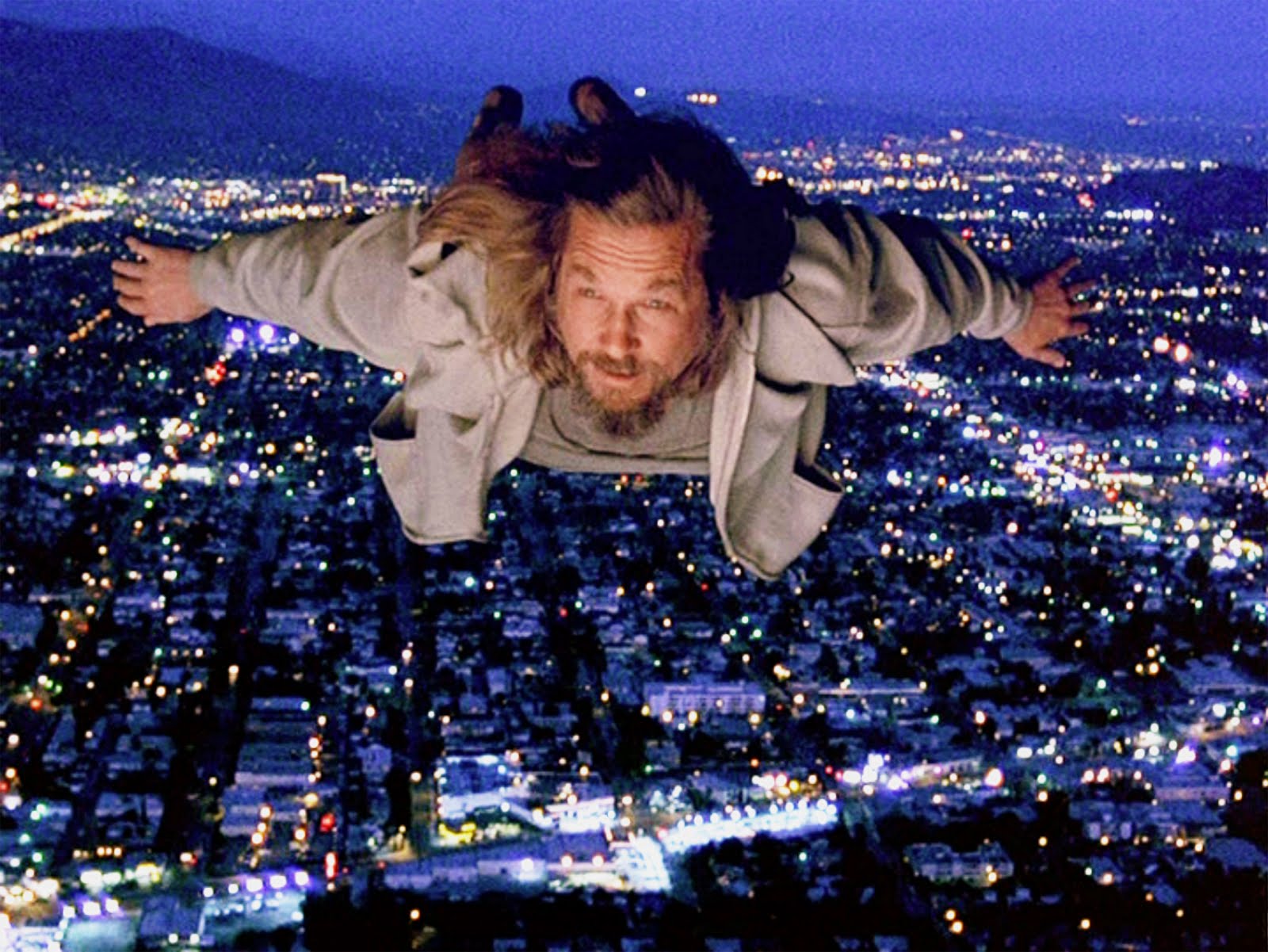What do The Godfather, Harold & Kumar Go to White Castle, and Fantasia all have in common?
Thought about it? Alright, well the simple smart-ass answer is “they’re all movies.” And that’s true. Aside from maybe some minor coincidental things, that’s ALL those three titles seem to have in common. The operative word is “seems.” They share something else, and I promise I’ll get to it.
But the first answer itself is a bit interesting. This art form, film, can contain three projects that are SO different from each other. A Mafia family drama, a comedy road trip movie, and animation set to classical music do such different things.
Genre gets discussed a lot, categorizing a movie because it fits a specific set of criteria, but it’s a bit deceptive because it still doesn’t fully tell you what kind of experience you’ll be getting. Despite both being science fiction movies, 2001: A Space Odyssey and Galaxy Quest don’t have much to do with each other.
Tone is a better way to look at what individual shows and movies are doing because instead of placing them into broad categories, it determines what it’s going to be like to watch them.
The continuum
There’s a continuum running across all entertainment.
On one side of the continuum sits the literal and the normal. We see a representative of real life play out in front of us. This is drama. It’s where most of The Godfather exists.
On the other side of the line is the abstract and the weird. We see something purposefully removed from reality. This is art (not that drama or comedy aren’t art, so maybe thinking of it as “pure art” is more helpful). It’s where most of Fantasia is located.
Then in the middle, where these two extremes meet, is where we get all the yuck yucks. This is comedy. It’s where most of Harold & Kumar sits.
Let’s dive into each of these.
Drama
Drama is spot we’re meant to relate to. It’s the most grounded and the most slice-of-life piece of this whole continuum.
A lot of drama is made up of conflict because that is the most engaging part of real life (and it’s why we say we’re having drama whenever we’re in a fight). Look at any main dramatic moment in any TV show or film, and conflict will be somewhere at its core.
The Godfather is completely made of conflict. Conflict between the families. Conflict between Michael and his wife. Conflict between the side of him that wants to stay away from the family business and the part of him that knows it’s his destiny. Conflict with Fredo’s inability to hold onto a gun.
Drama doesn’t mean that what’s happening has to be able to occur in real life. The Lord of the Rings is a drama because even though it’s set in an imaginary world, we’re supposed to take what’s happening to the characters seriously.
The action scenes in Die Hard and the scary scenes in Halloween are also drama, since we’re meant to feel the rushes both of them give.
I believe this realism is a huge reason most movies that win an Academy Award fall under the drama category. By nature we take them the most seriously. And we tend to think serious stuff deserves awards.
Art
Art allows a movie to break away from the pure real (again, not to insinuate the others aren’t art). We are not to believe that any of these things are happening, but they’re there to delight our senses.
Step into any freshman film class, and you’ll see tons of art films. Clocks ticking backwards. Water spilling out of a cup to symbolize someone dying. A clown crying in black & white.
Fantasia is meant to dazzle. When Walt Disney made it, he was creating something he saw in his imagination when he heard the various pieces of music. We are seeing a spectacle with the ways that the images relate to the music.
It doesn’t have to be mushrooms dancing to the “Nutcracker Suite” to be art though. Symbolism is art. The film’s music, whether it’s diegetic or not, is art. Set decor, while somewhat practical, is also art. Cinematography. Montages. Costumes. So many things that only TV and movies can do, and allow them to be some of our greatest works of art of our time.
Comedy
So we have the normal on one side, the abstract on the other, and in the middle we get comedy.
To put it shortly, the formula to comedy is putting them together.
Imagine a few men in suits in the middle of a field. They’re violently destroying a copier, like a beating scene from a gangster flick. With no context this is art. Just a scene that doesn’t quite make sense, but looks cool.
Take the notion of people being dissatisfied with their jobs. This is real, and relatable and thus it’s drama.
But when we combine the two, like in Office Space, we now have men breaking the printers because that’s these white collared squarish guy’s way of sticking it to the jobs they hate. That makes comedy.
Harold & Kumar does this all of the time. The two of them picking a stranger up on their trip=normal and relatable. That stranger being Neil Patrick Harris on ecstasy makes it comedy.
I talk about this whole concept of comedy being normal meeting absurd in my article The LOL formula, so check it out if you want a more in-depth look.
Tap dancing
Here’s the thing with this continuum: you don’t want to remain in only one spot. You need to tap dance all over it.
If the piece is only drama without comedy or art, it’s going to be far too dry. If it’s only comedy, it’s going to feel like just a bunch of unconnected jokes. And if it’s just art, you’re going to need to be on something to really enjoy it.
The best movies and shows do all three of these things. 24 was a show that was very serious, and at the beginning they had Xander Berkeley, who introduced some comic relief. But once he left, the show got a little too serious until they added Mary Lynn Rajskub for levity.
The Godfather has a lot of comedy, especially anytime Sonny or Fredo are on the screen. It also has a lot of art in its symbolism as well as it’s cinematography and its score, both of them winning the movie Oscars.
Harold & Kumar contains a lot of conflict and dramatic moments, including run-ins with the police, a potential romance between Harold and his love-interest, and serious themes like not wanting to be stereotypes. It’s also filled with art like music, a strong cinematic look, and a beautiful dream sequence:
Fantasia has dramatic moments, like a giant Demon thing causing destruction (how metal is that!) and Mickey getting into some serious trouble with brooms and a wizard. It also has a lot of comedy in most of its segments like the alligators dancing with the hippos.
The four TV series that are regarded as the best by many critics--The Sopranos, The Wire, Mad Men, and Breaking Bad--are all dramas; however, every one of them is filled with hilarious moments, and they all use style to their advantage.
The Coen Brothers are masters at this. Even though there’s some distinctions made between their comedies and their dramas, all three pieces are always present in all their movies.
When creating any story, whatever point on this continuum is strongest, make sure the other two are also there to back it up.
Scene from The Big Lebowski, a comedy with a mystery as it's plot--and a lot of beauty.
Standing your ground
So the other commonality between The Godfather, Harold & Kumar, and Fantasia is that they all use the full continuum.
But they also all are strongly defined in their place within the continuum. This is important too. Most of the show or movie should be anchored in a certain place and then make some deviations to the other spots.
If you don’t anchor the project, or if you go into extreme directions--you have a pie fight scene with the Corleones and the Barzinis in The Godfather or there’s a drug intervention scene in Fantasia--you’re going to have issues. This is when critics start using phrases like “tonal problems.”
But if you keep your show’s tone consistent, AND also find ways to visit the other spots on the continuum, then you’re going to give your audience a much more complete experience.
Thanks for reading! To get our eBook, How to Sell Your Show, for free (for a limited time), plus get exclusive tips and more, join our mailing list: https://www.candivan.com/subscribe/
You can also follow us on Twitter.






